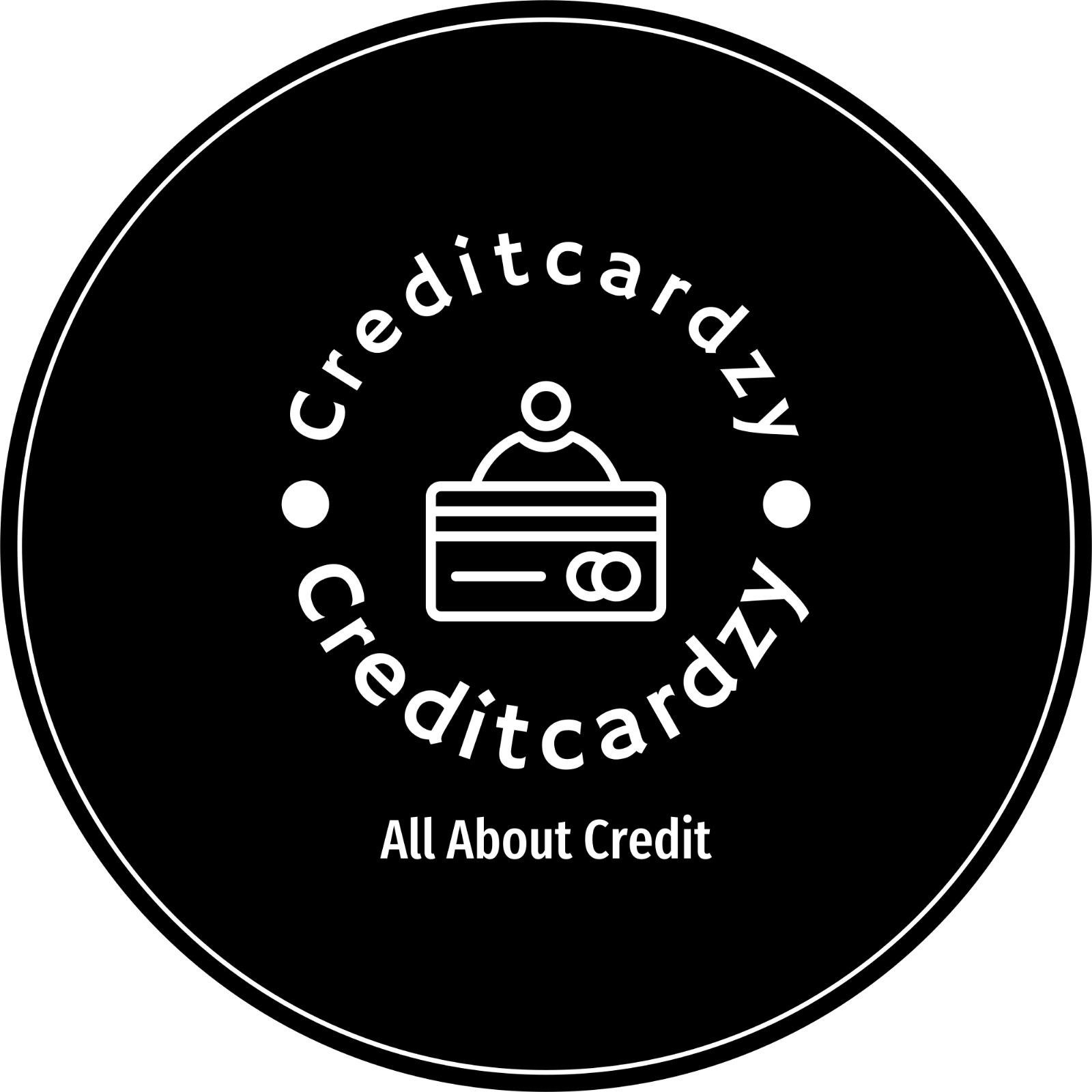How cash back credit cards work
Cash back credit cards have become increasingly popular as they offer consumers the opportunity to earn rewards for their spending. These cards allow cardholders to earn a percentage of their transactions as cash back, which can be redeemed in various ways. In this article, we will explore how cash back credit cards work, the different types of cards available, and provide tips on how to choose the right cash back card for your needs.
Cash back credit cards work by offering cardholders a certain percentage of their spending as cash back rewards. These rewards can be earned on eligible purchases and can be redeemed in the form of statement credits, direct deposits, or checks. Some cash back cards may offer rewards in the form of points or miles, but these still represent a cash value.
For example, let’s say you have a card that earns 2 percent cash back on all purchases. If you spend $500 on the card, you will earn $10 in cash back. This $10 can then be redeemed in various ways, depending on your card issuer and rewards program.
It is important to note that if you miss the minimum payment on your credit card bill, you may lose your cash back rewards. The terms and conditions vary depending on the card issuer, but failing to make the minimum payment or being delinquent on your payments can result in the suspension or loss of your rewards. However, if you consistently pay your credit card bills on time, you have nothing to worry about.
There are different types of cash back cards available, each with its own rewards structure. The three primary types of cash back cards are rotating category cards, bonus category cards, and flat-rate cards.
Rotating category cash back cards offer cash back, often up to 5 percent, on a revolving list of categories. These categories are typically set by the issuer every quarter and require cardholders to register for the bonus categories. While these cards can offer a high cash back rate, spending in the rotating categories is often capped quarterly. If you are unable to maximize your spending in these categories, the card may only offer 1 percent cash back on all other purchases.
Bonus category cash back cards, also known as fixed category or tiered cash back cards, offer higher cash back rates in specific spending categories that remain the same throughout the year. These cards are often referred to as dining cards or gas cards, as they offer more cash back per dollar spent in those categories compared to others. These cards are popular as they offer rewards on essential everyday categories such as restaurants, gas stations, grocery stores, and more.
Flat-rate cash back cards earn a flat percentage of cash back on every purchase, regardless of category. These cards are known for their simplicity, as there is no need to track or activate bonus categories. They can be lucrative for big spenders, as they often do not have spending caps. The Citi Double Cash Card is an example of a popular flat-rate cash back card, earning up to 2 percent cash back on all purchases.
When choosing a cash back credit card, there are a few factors to consider. First, consider whether the card has an annual fee and if the perks and rewards potential outweigh the fee. Next, consider the rewards redemption options. Some cards only allow for statement credits or direct deposits, while others offer additional options such as gift cards or travel rewards. Be sure to read the terms and conditions to understand any limits or requirements on the rewards. Lastly, consider the rewards structure and choose a card that aligns with your spending habits. If you prefer simplicity, a flat-rate card may be best. If you are willing to track and activate bonus categories, a rotating or bonus category card may be more suitable.
To maximize your cash back rewards, take advantage of any limited-time offers and promotions. These can provide additional opportunities to earn higher cash back rates. Consider having multiple cash back cards to optimize your rewards potential. However, keep in mind that rewards can typically only be transferred or combined between cards from the same provider and of the same type.
It is important to remember that cash back rewards can be lucrative, but they should not override the cost of carrying a balance. Interest charges from a high credit card APR can quickly cancel out the value of your cash back rewards. It is best to avoid carrying a balance if possible.
In conclusion, cash back credit cards are a great way to earn rewards for your spending. Understanding how these cards work, the different types available, and how to choose the right card for your needs can help you maximize your cash back rewards. By considering factors such as annual fees, rewards redemption options, terms and conditions, and rewards structure, you can select a cash back card that aligns with your spending habits and offers the most value. Remember to use your card responsibly and avoid carrying a balance to fully enjoy the benefits of cash back rewards.

